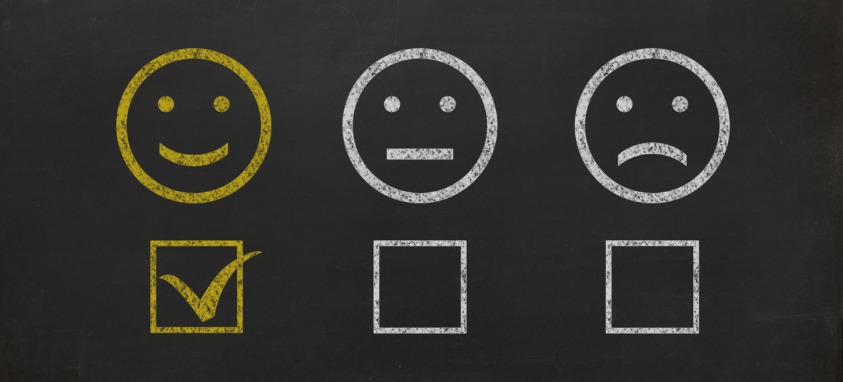Every planner knows that participant engagement is a vital part of every meeting and conference, but all too often, the focus is heavily placed on engagement before and at the meeting itself, rather than after the gathering. A thoughtful, comprehensive approach to post-event engagement can strengthen relationships with participants and improve every aspect of future events.
Post-event engagement can take many forms, and one of the most common is surveys completed by participants. Here are some of the main ways that these surveys can be improved.
1. Distribute surveys not only to attendees, but also to sponsors, exhibitors, presenters and others directly involved in the event, including staff members. Getting feedback from people in all roles will help you to better understand the success of all facets of the event, and how they can be strengthened.
2. Send the surveys out immediately after the event. This is critical because the event is still fresh in the minds of participants. They are likely to have many thoughts and feelings about the event, and most likely are eager to share them.
3. Explore whether expectations were met. Sometimes, planners can get in the habit of focusing much more on their own goals for a meeting than those of participants. Ideally, planners devote time in preconference planning to make sure that participants’ needs will be met. So, it’s critical to find out if this actually happened—and, ideally, if the event exceeded their wildest dreams.
4. Be sure that your surveys are comprehensive, but not overly detailed. Everyone is busy, so time is at a premium. It’s likely that your post-event survey won’t be high on participants’ priority list, and it will be even less so if it’s extremely lengthy and time-consuming. Cover all the major bases in your questions so you will have plenty of meaningful feedback, but don’t go overboard.
This seemingly problematic situation can be at least partially resolved by not asking everyone to fill out the same survey—tailor them to the roles of your participants. Also, spend sufficient time honing your questions so that each question directly and specifically addresses a compelling matter. This enables you to eliminate overlap and less important questions, thereby, saving participants considerable time.
5. Eliminate leading questions. You want honest, direct feedback—both positive and critical—so it is important to design neutral questions. It’s fine to ask such questions as, “What was the most exciting presentation at the event?” However, it’s also good to ask something such as, “What was your overall impression of the presentations at the event?”
6. Rather than signifying the end of your relationships with event participants, a survey can be considered one important step in your ongoing connection with them. Keeping in touch with attendees, exhibitors and sponsors is a way to keep them informed of your subsequent events. It also enables you to expand your relationship with them in many other ways that can be beneficial to both parties.




